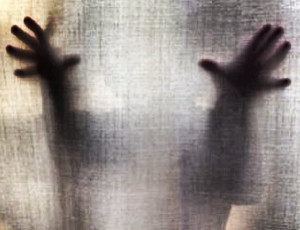In our Torah portion the Children of Israel collect themselves and organize themselves into a structured encampment. It is slightly over a year since they have left Egypt. They have received their freedom and have begun to take on a collective sense of responsibility. They have received a code of law at Mount Sinai and, after stumbling badly, they have pulled themselves together and all contributed to constructing a sacred shrine that will serve as a home for God.
Now they give physical and spatial expression to their sense of collective wholeness. The encampment of Israel is given definition through the placement of tribes around the sacred shrine. They are set up as a four-sided shape, with three tribes stationed on each side. The heart of the camp is its Tabernacle, the Tent of Meeting, and the people are arrayed around her. Later on we will learn that the Israelites will have a good sense of the perimeter of the camp, for there are certain times when substances and people will need to be taken “out of the camp.” But we will not find any specific means described by the Torah by which the outer limits of the camp were designated. There are no borders and no border guards to patrol them.
And yet, the Torah does require that border guards be appointed for the camp. These guards, the Levites, are positioned, not at the periphery of the camp, but around its core. They do not guard the encampment from invasion or ambush by outside enemies. Rather, they guard the Holy Center from encroachment by insiders, by the faithful members of the community. It is the Israelites, themselves, who are to be guarded against because of the danger they pose to the Sacred Center. The Torah is concerned lest an Israelite approach the Sanctuary without proper preparation and consideration for her powerful holiness.
Apparently the Torah is not concerned with protecting the outer edges of the camp as long as its inner core is protected in her sanctity. The outside will pose no threat as long as we hold fast to the inside. As we prepare to celebrate the holiday of Shavuot we might ponder this idea. We were given the Torah with the understanding that we would move on from that place of revelation. We knew we would inevitably encounter and engage with the outside world as we pursued our uncertain future. The encampment plan outlined in our Torah portion tells us that we can embrace our future with confidence if we take care to cherish and protect our sacred core.
Shabbat Shalom v’Hag Same`ah
Rabbi David Greenstein
Image: “Boy. Curtain. (Behind The)” by Ken Banks used with permission via Creative Commons: Attribution License
used with permission via Creative Commons: Attribution License
- Toby Stein: In Memoriam - Thu, Feb 8, 2024
- Faithfulness and Hope: Parashat Sh’lach - Thu, Jun 23, 2022
- Past Their Prime: Parashat B’ha`a lot’kha - Thu, Jun 16, 2022

